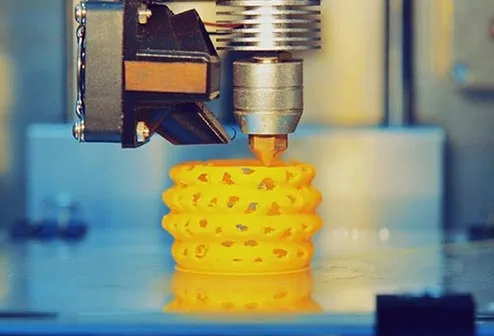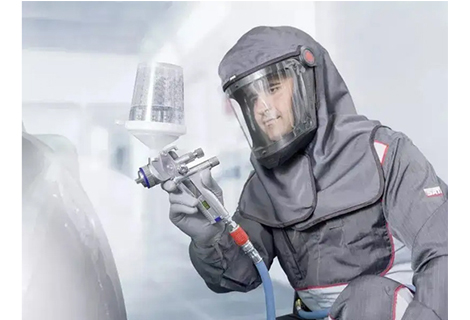Stainless steel is a metallic material with excellent corrosion resistance, aesthetics and heat resistance.
It is alloyed from steel, chromium, nickel and other elements, where steel is the main component of stainless steel, while chromium is the main corrosion prevention element of stainless steel, and nickel helps to improve the corrosion resistance and strength of stainless steel. In addition to this, elements such as molybdenum, manganese, cobalt and copper are often added to stainless steel to further improve its performance.
304 and 316 stainless steels are two common grades, the main difference being their different chemical compositions, especially the presence of molybdenum, which determines their corrosion resistance.
304 stainless steel contains 18% chromium and 8% nickel. It is considered the most diverse and widely used of the austenitic series of stainless steels.316 stainless steel contains approximately 16%-18% chromium, 10%-14% nickel, and 2%-3% molybdenum. The presence of molybdenum makes it superior to 304 stainless steel in terms of corrosion resistance.
In terms of corrosion resistance, although 304 stainless steel has good resistance to oxidative corrosion and can be suitable for a variety of applications and environments. However, it is not as resistant to salt water corrosion or chloride corrosion as 316 stainless steel. That said, 316 stainless steel is more resistant to corrosion, especially to salt water and chloride corrosion. This makes it often used for chemical, medical and marine equipment.
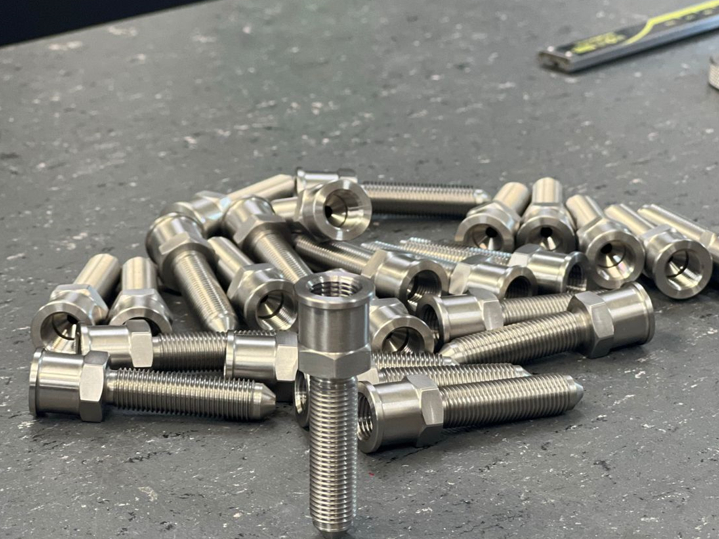
In terms of strength and hardness, 316 stainless steel is stronger and harder than 304 stainless steel due to the presence of molybdenum in it. This allows 316 stainless steel to withstand higher temperatures and pressures. 316 stainless steel is also more resistant to wear and fatigue than 304 stainless steel, making it more suitable for use in high pressure, high temperature and high load environments.
As for the price, 316 stainless steel is usually more expensive than 304 stainless steel due to its more complex composition and higher processing difficulty. When choosing the material, you need to choose according to the actual use environment and requirements. Generally speaking, although both are food-grade materials, but they are used in different fields, such as 316 stainless steel, it has good corrosion resistance, many medical devices are made using 316. And 304 stainless steel is widely used in cookware, tableware and so on, the use of a wide range. Our home stainless steel countertops, frying pans, stainless steel tableware, are used 304
It should be noted that stainless steel is not a completely rust-free material. Although stainless steel has good oxidation resistance and corrosion resistance, but in extreme environments, such as high temperature, high humidity, high salinity and other conditions, corrosion and rust may still occur. Therefore, in actual use, attention needs to be paid to the maintenance and care of stainless steel materials to ensure its long-term use effect.
The main difference between 304 and 316 is that 316 has higher corrosion resistance, especially to chlorides, which makes it more reliable in harsher environments. However, 304 stainless steel is typically less costly and will perform adequately for many applications. Specific applications and environments need to be considered when choosing the right type of stainless steel.
Stainless steel is an excellent metallic material, offering superior corrosion resistance, aesthetics and heat resistance. In the field of stainless steel, 304 and 316 stainless steels are two common grades, with the main difference between them being the chemical composition, particularly the presence of molybdenum, which directly affects their corrosion resistance, strength and hardness.
Richconn is a precision machine works, and we specialize in providing precision CNC machining services, including the machining of stainless steel materials. Whether you need to work with 304 stainless steel or 316 stainless steel, we can fulfill your needs. We understand the advantages and limitations of different materials in a variety of applications and environments to ensure the most appropriate solution for our customers.
To choose between 304 and 316 stainless steel, you need to consider the specific application and environmental requirements. 316 stainless steel performs more reliably in more demanding environments and is particularly resistant to chloride corrosion. However, 304 stainless steel is typically more affordable and performs adequately for many applications.
Regardless of which stainless steel you choose, Richconn can provide high-quality CNC milling machining services to meet your manufacturing needs. We are committed to providing our customers with superior precision manufacturing solutions, not only in stainless steel machining, but also in a variety of other materials and industries. If you are interested in our services, please feel free to contact us for more information.
At Richconn, we will work tirelessly to support your project with superior technology and expertise. Whether you choose 304 or 316 stainless steel, we'll make sure you get the best possible manufacturing results. Thank you for reading this article and please feel free to contact us if you have any questions or need further information.
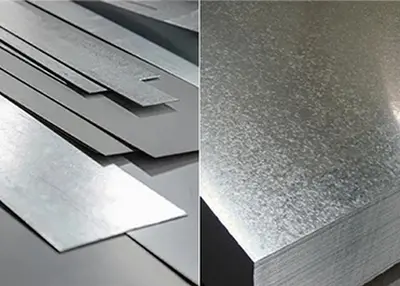 Unveiling the Power of Galvanized Materials: Your Ultimate GuideSeptember 28, 2023Have you ever wondered about the remarkable process that transforms ordinary steel into a corrosion-resistant wonder material? Look no further, as we embark on an enlightening journey to understand the world of galvanization.view
Unveiling the Power of Galvanized Materials: Your Ultimate GuideSeptember 28, 2023Have you ever wondered about the remarkable process that transforms ordinary steel into a corrosion-resistant wonder material? Look no further, as we embark on an enlightening journey to understand the world of galvanization.view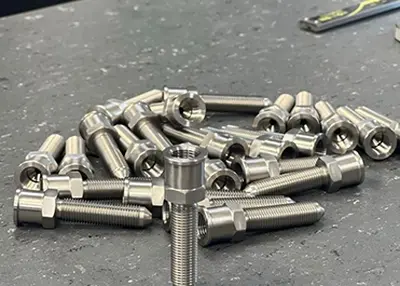 How Much Do You Know About Stainless Steel Knowledge?October 23, 2023Steel, is a generic term for iron-carbon alloys that contain between 0.02% and 2.11% carbon. When the carbon content is greater than 2.11%, it is referred to as pure iron. The chemical composition of steel can vary greatly, and steel containing only carbon is known as carbon or plain steel.view
How Much Do You Know About Stainless Steel Knowledge?October 23, 2023Steel, is a generic term for iron-carbon alloys that contain between 0.02% and 2.11% carbon. When the carbon content is greater than 2.11%, it is referred to as pure iron. The chemical composition of steel can vary greatly, and steel containing only carbon is known as carbon or plain steel.view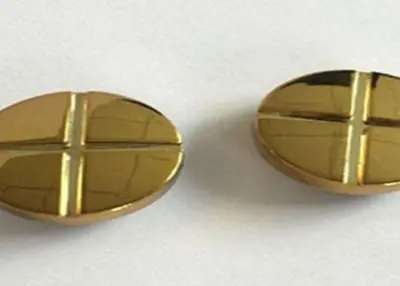 The Functional Advantages of Custom PVD Coating in Automotive DesignJanuary 5, 2024When it comes to automotive design, every detail matters. From the sleek lines of the exterior to the carefully crafted interior, each element plays a crucial role in creating a unique and memorable d...view
The Functional Advantages of Custom PVD Coating in Automotive DesignJanuary 5, 2024When it comes to automotive design, every detail matters. From the sleek lines of the exterior to the carefully crafted interior, each element plays a crucial role in creating a unique and memorable d...view The Comprehensive Guide: Aerospace CNC Machining Parts and ComponentsJuly 12, 2024CNC machining is widely used in the aerospace industry and aerospace CNC machining parts often require high precision and attention to detail. Let’s dive into cutting-edge technologies crafting vital parts for the aerospace industry in this comprehensive guide.view
The Comprehensive Guide: Aerospace CNC Machining Parts and ComponentsJuly 12, 2024CNC machining is widely used in the aerospace industry and aerospace CNC machining parts often require high precision and attention to detail. Let’s dive into cutting-edge technologies crafting vital parts for the aerospace industry in this comprehensive guide.view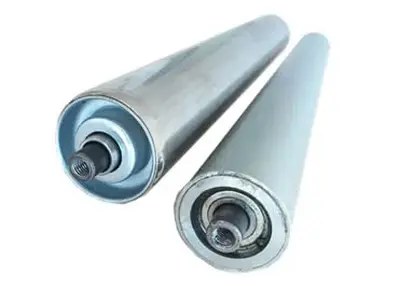 The Difference Between Nickel Plated Rolls and Chrome Plated Rolls:A Comprehensive Comparison GuideAugust 3, 2023Nickel plated rollers and chrome plated rollers are two common electroplated roller products, widely used in printing, electronics, automobiles and other industries. Do you know the differences betwee...view
The Difference Between Nickel Plated Rolls and Chrome Plated Rolls:A Comprehensive Comparison GuideAugust 3, 2023Nickel plated rollers and chrome plated rollers are two common electroplated roller products, widely used in printing, electronics, automobiles and other industries. Do you know the differences betwee...view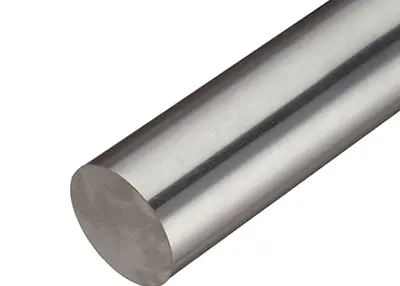 Machined Bar: Your Ultimate Guide to Precision EngineeringNovember 7, 2023Welcome to Richconn's comprehensive guide on "Machined Bar." Whether you're an engineer seeking in-depth knowledge, a manufacturer exploring material options, or a student in the quest for information, this guide has you covered. In the world of CNC machining, machined bars are essential components. They offer precision, strength, and versatility, making them invaluable in various industries.view
Machined Bar: Your Ultimate Guide to Precision EngineeringNovember 7, 2023Welcome to Richconn's comprehensive guide on "Machined Bar." Whether you're an engineer seeking in-depth knowledge, a manufacturer exploring material options, or a student in the quest for information, this guide has you covered. In the world of CNC machining, machined bars are essential components. They offer precision, strength, and versatility, making them invaluable in various industries.view
 EN
EN
 ru
ru 

